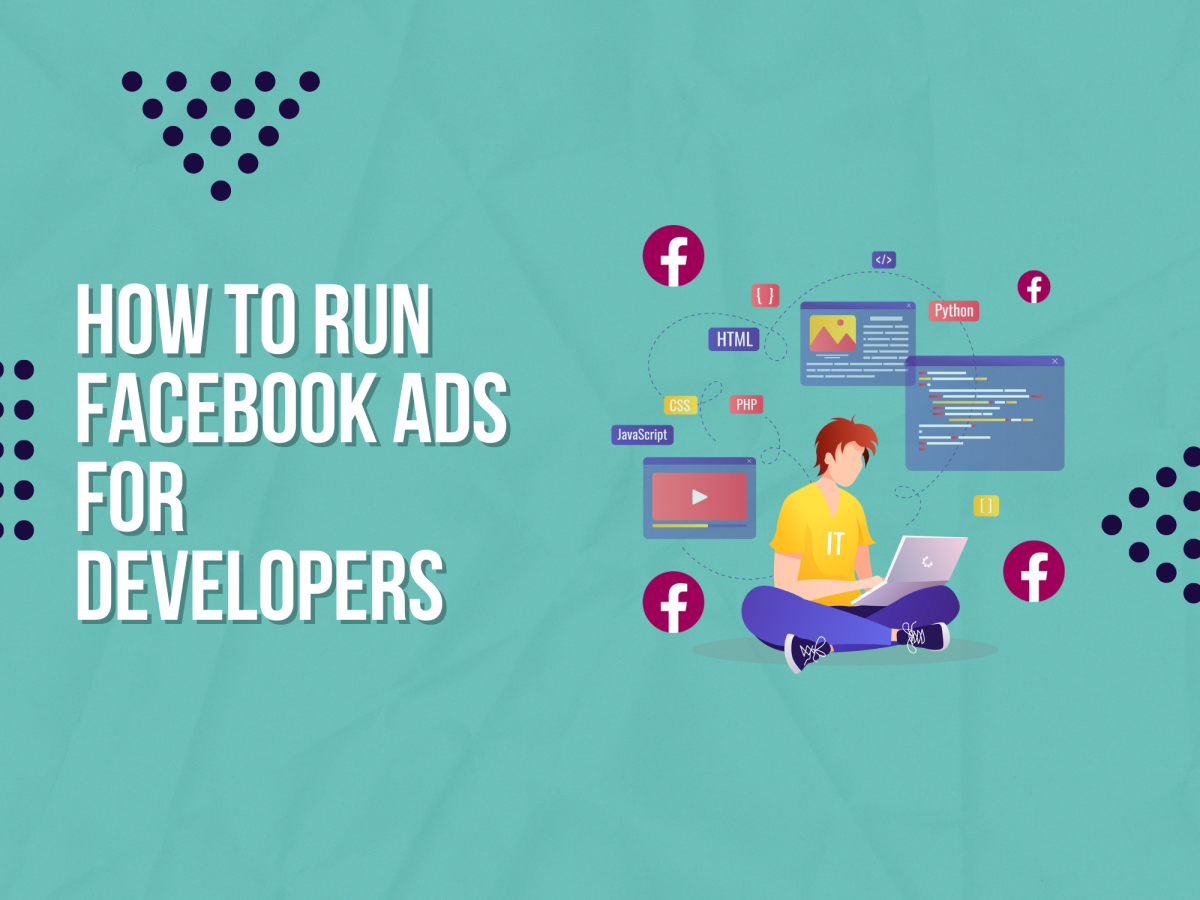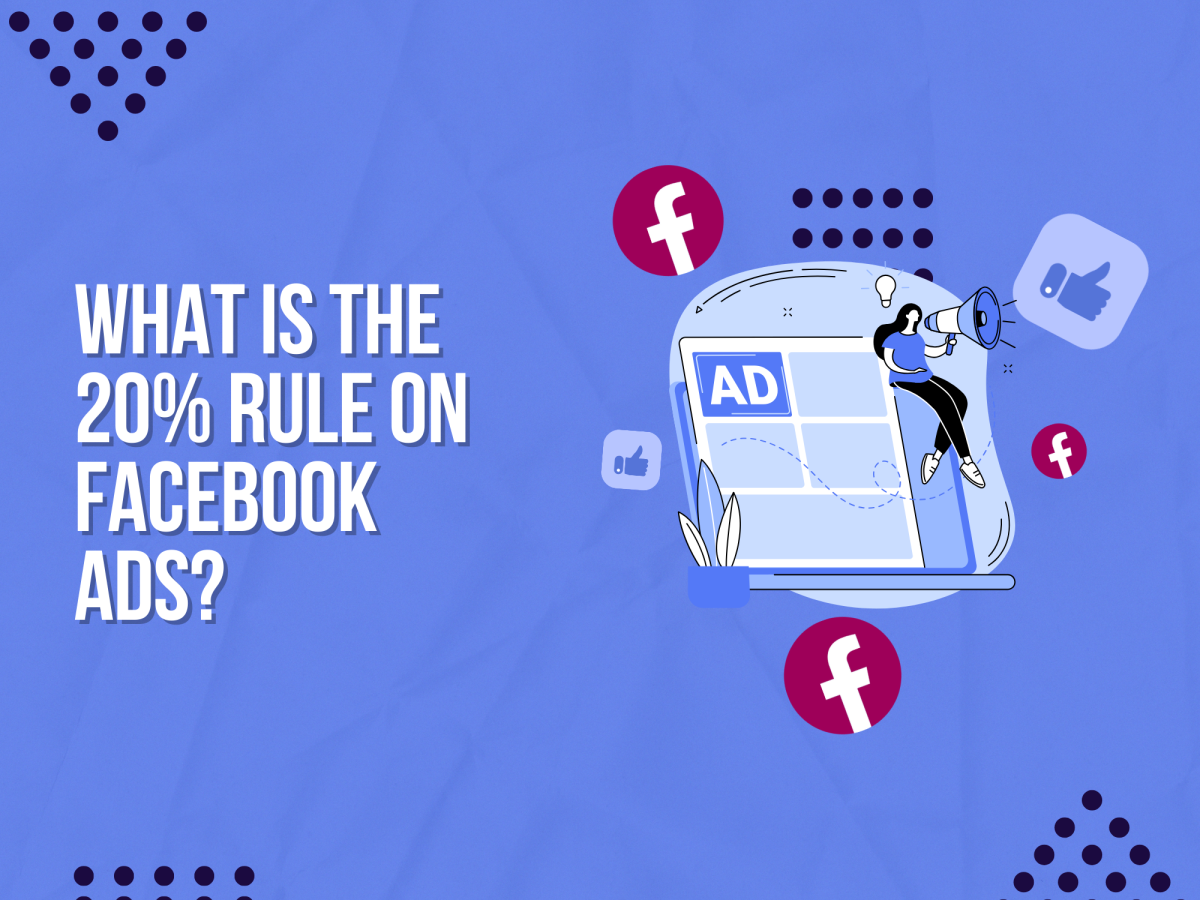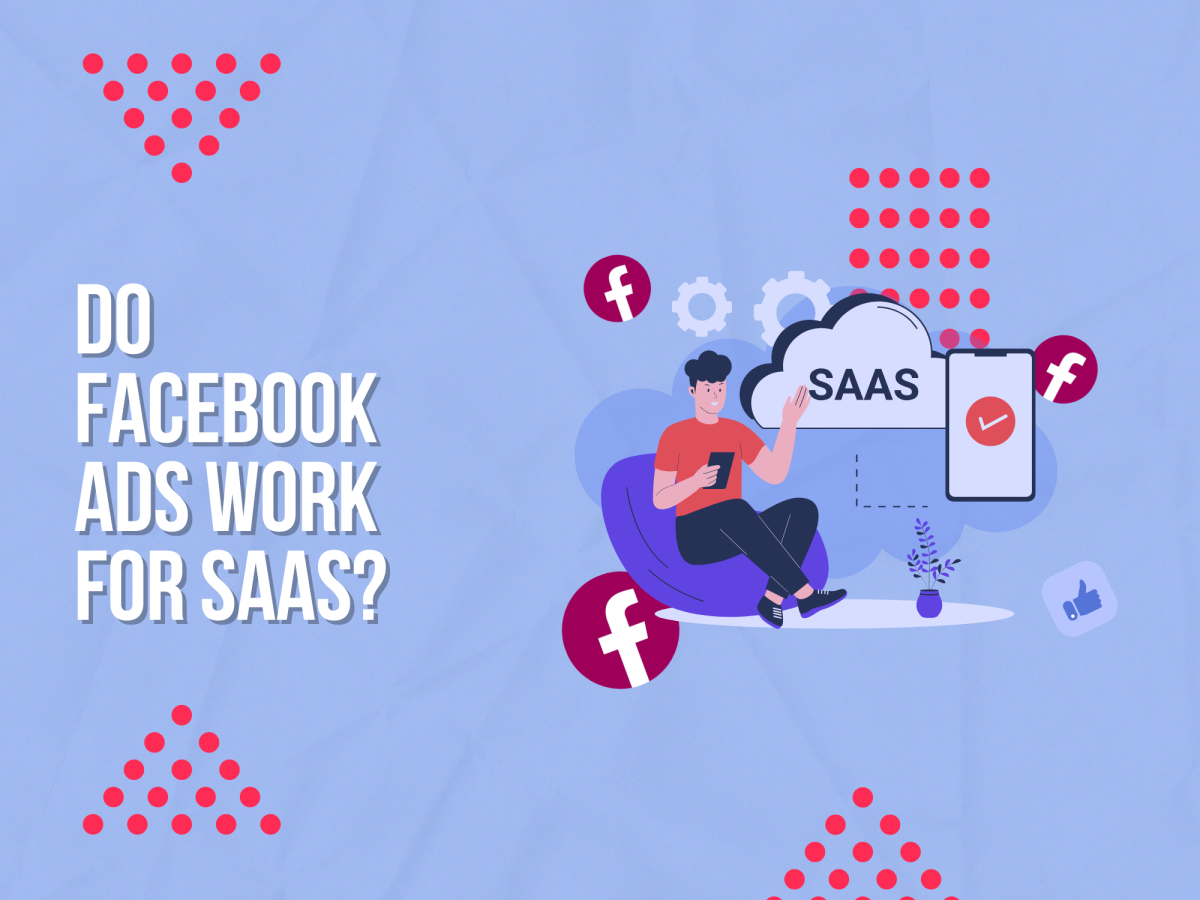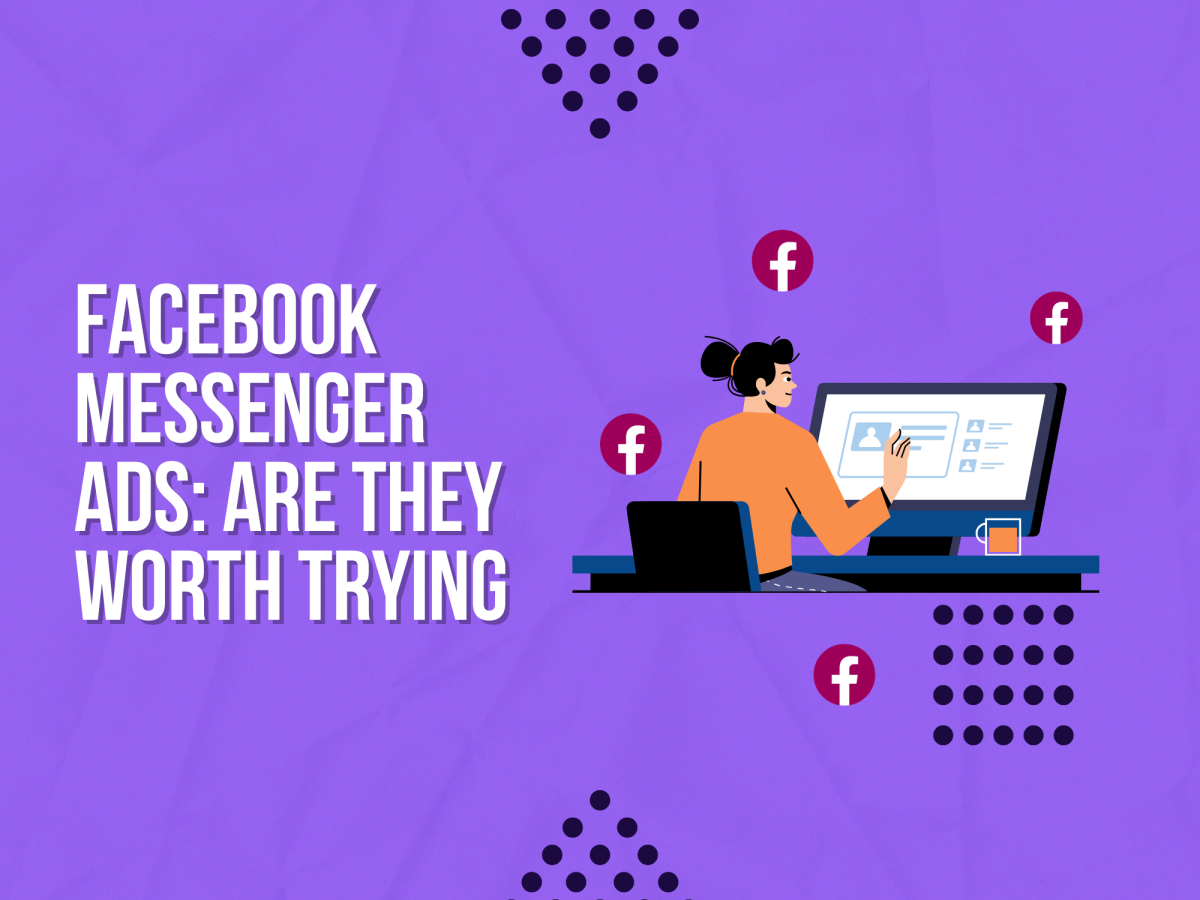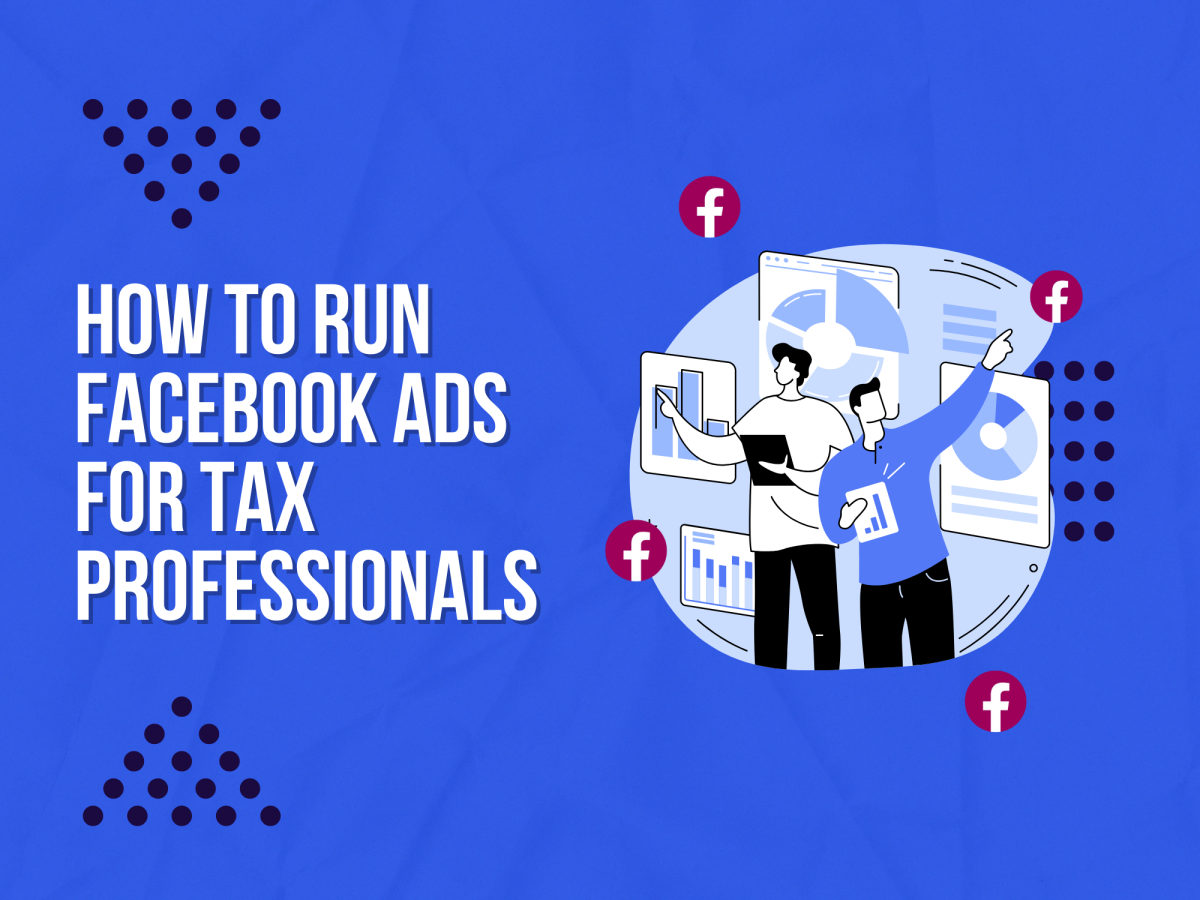As a Facebook advertiser, you’ve got a lot on your plate.
You’re thinking constantly about your creative assets, product messages, targeting tactics, and ad formats. After all, if you want to maximise the ROI of your Facebook marketing, then you need to ensure that your campaigns are fully optimised and firing on all cylinders.
But have you ever considered the timing of your Facebook ads?
While many advertisers obsess over how they’re running Facebook ads campaigns, not many put enough thought into when they’re running them.

Boost E-Commerce ROI: Download Our Free CPA & ROAS Calculator
Being strategic with the timing of your Facebook ads can make a huge difference to your results, allowing you to generate more clicks, drive more conversions, and skyrocket your ROI. In this guide, we’ll explain how you can identify the best times to run your Facebook ad campaigns – and deliver superior returns with your budget.
How does the Facebook Ads algorithm work?
Let’s start from the top. If you want to drive optimal results through Facebook Ads, then you need to understand how the platform works.
And that means looking under the hood of the Facebook algorithm.
The Facebook algorithm has a major influence on the performance of your ad campaigns. If you’re clueless about the inner workings of the Facebook platform, then you’ll likely struggle to maximise returns. On the other hand, if you’re able to leverage the algorithm in your favour, the sky’s the limit for your ROI.
But how is the Facebook algorithm connected to the timing of your Facebook ads?
It all comes down to something called the ‘Learning Phase.’
Whenever you launch a new Facebook ad campaign, you’ll enter a Learning Phase. This is a crucial period where the Facebook algorithm will deliver ads to your target audience, monitor performance against your campaign objective, and implement optimisations to gather data.
The Facebook algorithm will need to complete 50 optimisation events to finish the Learning Phase, and any changes to your campaign will restart this process from scratch. Not only will this slow down your optimisations, but it can also have a massive impact on ad efficiency.
This brings us to rule number one of Facebook Ads timing.
Don’t disrupt the Learning Phase with sudden changes to your ad scheduling.
Let the algorithm work its magic, monitor the data carefully, and only make strategic changes once the Learning Phase is complete. While it can be tempting to switch ads off and make speedy in-flight adjustments, you’ll see significantly better results if you allow the Learning Phase to run its course.
Finding the best time to run Facebook advertising
Now that we’ve covered the importance of patience when it comes to Facebook marketing, let’s examine how you can identify the best time to run your ads for maximum performance.
Below are the key elements you’ll need to consider when planning (and optimising) the timing of your next Facebook Ads campaign.
1. The goal of your Facebook ad
Firstly, you’ll need to think carefully about the goal of your Facebook ad, as this will have a direct impact on your ideal timings.
For example, if you’re trying to drive physical foot traffic to a shop with localised ads, then you obviously don’t want to run campaigns outside of store opening hours. Similarly, if you need prospects to complete a lead form, then you’ll likely want to reach them when they have time to engage with your campaign and enter their details.
Always consider what you’re trying to achieve with Facebook advertising, and which timings will provide you with the best chance of success.
2. Your target audience on Facebook
Another huge contributing factor to Facebook Ads timing is your target audience.
While you should always focus on your ad objectives, you should also think about who you’ll be reaching with your campaign. When are prospects most likely to be most receptive to your messaging? How might they respond at different times of the day/week?
For instance, if your target audience is likely to be in full-time employment, you may want to target them outside of typical working hours to avoid distractions. If you’re looking to reach busy parents, then you may find them to be more receptive and engaged on weekends when they have more time.
Every audience is different, but it’s important to think carefully about your campaign timings to refine your strategy and maximise your chances of driving action.
3. Customer trends & behaviours
Customer trends and behaviours are constantly shifting, and if you want to refine your digital marketing timings, you’ll need to track them closely.
Market research states that 41% of consumers claim to shop on a daily or weekly basis via their smartphone, which is important for Facebook advertisers to acknowledge. If you want to maximise conversions through social media, then you’ll need to maintain a consistent presence to capitalise on every purchase opportunity.
However, there’s also more nuance when it comes to audience trends.
While Facebook users might constantly be looking out for new products, they may often convert on specific days of the week, or at a certain point in the day. It’s very important to launch Facebook ad scheduling that keeps you visible in front of potential customers, but you’ll also need to identify key moments where you can increase spend to maximise sales.
4. Social media engagement trends
Whenever you’re planning the timing of your next Facebook Ads campaign, you’ll also need to consider wider social media engagement trends.
For example, e-commerce data suggests that Sunday is generally the most popular day for online shopping, which may influence your ad timings. On the other hand, different industries will see their highest engagement rates at different days/times, so you’ll need to experiment until you find a strategy that consistently works for your brand.
Keeping tabs on the latest industry and platform trends can help you perfect your campaign timings and supercharge your conversion rates.
5. Facebook Ads Manager/Page Insights
If you’re actively advertising on Facebook, then you’re probably sitting on a goldmine of data that can help you to refine your campaign timings.
For instance, the Facebook Ads Manager doesn’t just allow you to schedule new campaigns. You can use the tool to build custom reports and monitor the performance of ads launched at different times, which will enable you to optimise campaigns moving forward.
You can also utilise the Facebook Page Insights tool to gather data about your organic posts.
While there’s a big difference between organic activity and paid advertising, you may identify some trends that can inform your ad campaigns, helping you to understand when your target audience is most receptive to your messaging.
The key is to leverage your own Facebook data as much as possible. Be sure to set up frequent reports and regularly review your page insights to identify new audience trends – while external industry data can be a big help, internal platform data will be infinitely more relevant to your business.
6. Facebook Pixel data
The Facebook Pixel can be an invaluable source of data when you’re trying to improve your ad timings.
The pixel essentially bridges the gap between your Facebook marketing campaigns and website activity, allowing you to understand which audiences, formats, and tactics are generating the most conversions.
More importantly, you can utilise pixel data to figure out optimal timings for your ad campaigns.
Be sure to keep a close eye on your Facebook Pixel data whenever you’re launching a new campaign or testing different ad timings. Are consumers more likely to click and convert on a certain day of the week? Are different Facebook audiences converting at different times?
Follow your pixel reporting data closely, use these insights to optimise your ad campaigns, and repeat the process until you’ve established your ideal timings.
7. Google Analytics data
While Facebook Pixel data can be incredibly insightful when it comes to Facebook conversions, there’s another tool that can help you to identify broader trends – Google Analytics.
Google Analytics provides you with a huge amount of data about your marketing and website activity, including the timing of your campaigns.
The platform enables you to track website traffic, bounce rates, session durations, and even conversions (if you have Google tags in place.) By carefully analysing all of this data, you can begin to identify which days of the week/times of day are seeing the most user activity and optimise your Facebook ads accordingly.
For example, you may notice that while audiences are browsing your products during the week, they’re most likely to complete a purchase on the weekend. Using these insights, you can adapt your ad timings and messages to maximise your chances of generating sales.
The Facebook Pixel and Google Analytics tools are a powerful combination. Lean on these data sources as much as possible, and you’ll be optimising ad timings before you know it.
How to schedule your Facebook ads
We’ve already established how you can analyse and optimise your Facebook campaign timings. But how do you actually schedule new Facebook ads for a specific time?
Below is a step-by-step guide to Facebook ad scheduling:
1. Log into the Facebook Ads Manager and create a new ad set. You can also edit an existing ad set if needed.
(Note – if you’ll be advertising in multiple time zones, then you’ll need to create a separate campaign for each time zone.)
2. At the ad set level, navigate to the Budget & Schedule menu.
3. Select the ‘Lifetime Budget’ option from the Budget & Schedule drop-down menu.
4. Click ‘Show more options’ and hover over ‘Ad scheduling’ – hit ‘Edit’ to proceed.
5. Select ‘Run ads on a schedule’ and pick the relevant time blocks for your campaign.
6. When you’re ready, click ‘Next’ to finalise ad scheduling.
You’ve now successfully scheduled your Facebook ads! For more information on scheduling Facebook ad campaigns, take a look at this guide.
Should you always run Facebook advertising on the weekend?
If you’ve been researching the best time to run Facebook ads, you’ve probably seen a lot of differing opinions and anecdotal evidence.
However, one of the most common marketing claims is that weekends are indisputably the best time to post on Facebook.
While this may be true for certain brands in certain industries, it’s definitely not applicable to every Facebook advertiser. Although it can be tempting to follow these blanket statements, you’ll see significantly better results if you focus on your own audiences and reports.
Every business is different, and although you may be operating in the same industry as another advertiser, that doesn’t mean your target audiences will behave in the same way. Concentrate on your own performance analytics, audience insights, and conversion data, and you’ll be able to paint a much clearer picture of the best campaign timings.
It’s also important to note that you’ll see different patterns for engagements and conversions on Facebook. You may find that weekdays are ideal for driving clicks and video views (i.e. upper-funnel metrics) while weekends tend to generate more conversions – or vice versa.
Rather than just running ads on the weekend because of marketing anecdotes, leverage your own campaign and website data to figure out what works for your brand.
The different types of Facebook ads to run
Planning the timing of your Facebook campaigns is extremely important – but it’s also crucial to consider which formats and placement you’ll be using.
Not only will different formats drive different actions, but you may also find that certain placements or creative assets perform better at specific times.
Let’s run through the different ad types that you can launch on Facebook.
Facebook Image Ads
Facebook Image ads are fairly self-explanatory, but that doesn’t mean they can’t be highly effective. Utilise eye-catching product visuals and compelling CTAs to make the most of these basic placements.
(Source: Facebook.com)
Facebook Video Ads
If you’re looking to deliver more in-depth product messaging or inject storytelling into your Facebook campaigns, video ads are a great option. Rotate different creative types (e.g. UGC snippets, product tutorials, animations) to keep your campaigns fresh and engaging.



(Source: facebook.com)
Facebook Slideshow Ads
Slideshow ads enable you to transform static images into a seamless slideshow. This is a great way to give existing assets a new lease of life, utilising motion and audio to stand out in a competitive feed.



(Source: Facebook.com)
Facebook Stories Ads
Stories ads are mobile-only, full-screen vertical placements that are ideal for punchy product messages. With eye-catching visuals and a persuasive CTA, you can leverage Stories ads to drive massive levels of engagement and website traffic.
(Source: Facebook.com)
Facebook Instant Experience Ads
Instant Experience ads are full-screen executions that are designed to be as immersive and engaging as possible. You can utilise Instant Experiences to deliver attention-grabbing product visuals, launch Carousel assets, and sell products within the Facebook platform.



(Source: Facebook.com)
Facebook Carousel Ads
Carousel ads enable you to run up to 10 individual assets within a single Facebook ad placement. You can populate a Carousel with either static images or videos, and assign a unique CTA/URL to each asset to drive specific actions.
(Source: Facebook.com)
Facebook Collection Ads
Collection ads can be a powerful tool for e-commerce advertisers, allowing you to upload five separate images or videos accompanied by a larger ‘hero’ asset. Customers can then easily explore different product assets and convert within a matter of clicks.
(Source: Facebook.com)
If you’re looking to consistently improve Facebook performance over time, A/B testing different ad formats is a surefire way to get results.
In terms of campaign timings, the vast majority of Facebook placements can be run in any time slot – with the exception of ads driving customers to a physical store. If you’re promoting a shop with geographically-targeted ads, you’ll always need to ensure that you’re only active during store opening hours!
Daily Budget vs Lifetime Budget – which is best?
Whenever you’re setting up a new Facebook Ads campaign, you’ll need to choose between a daily budget and a lifetime budget.
But what’s the difference between these options?
A daily budget effectively allows you to set a daily ad spend limit. While this provides you with more visibility and control over daily expenditure, it also means that the Facebook algorithm will aim to spend your entire budget each day – even if performance is lacking.
Be warned – if you do opt for a daily budget, you won’t be able to schedule your ads – and as we’ve discussed in this guide, this can be a major obstacle to campaign performance.
On the other hand, a lifetime budget provides the Facebook platform with a pre-approved budget that can be constantly adjusted based on campaign performance. While daily investment will fluctuate, a lifetime budget comes with two main benefits:
- The algorithm has the flexibility to increase/decrease daily ad spend depending on results
- You can schedule your Facebook ads to improve performance
While you’ll need to keep a close eye on daily expenditure with a lifetime budget, this option provides significantly more flexibility when it comes to optimisations and ad scheduling – something that can be a game-changer for your Facebook ROI.
There’s a lot to think about when you’re planning a new Facebook campaign, from creative production to audience targeting. However, if you want to maximise your Facebook ROI, make sure you’re never overlooking the importance of timing.
Focus on gathering insights from your data sources (i.e. Ads Manager, Google Analytics), reacting quickly to new audience trends, and implementing optimisations based on performance data.
Stick to these best practices, and you’ll soon be launching Facebook ads at the perfect time and vastly enhancing your social media marketing efforts.
As an expert Facebook ads agency we can help you with your campaigns just get in touch for a free consultation.
Related
- Using Facebook Ads Databases to Find More Customers on Facebook
- What is a Good Facebook Ads CTR? (+ Tips to Improve it)

